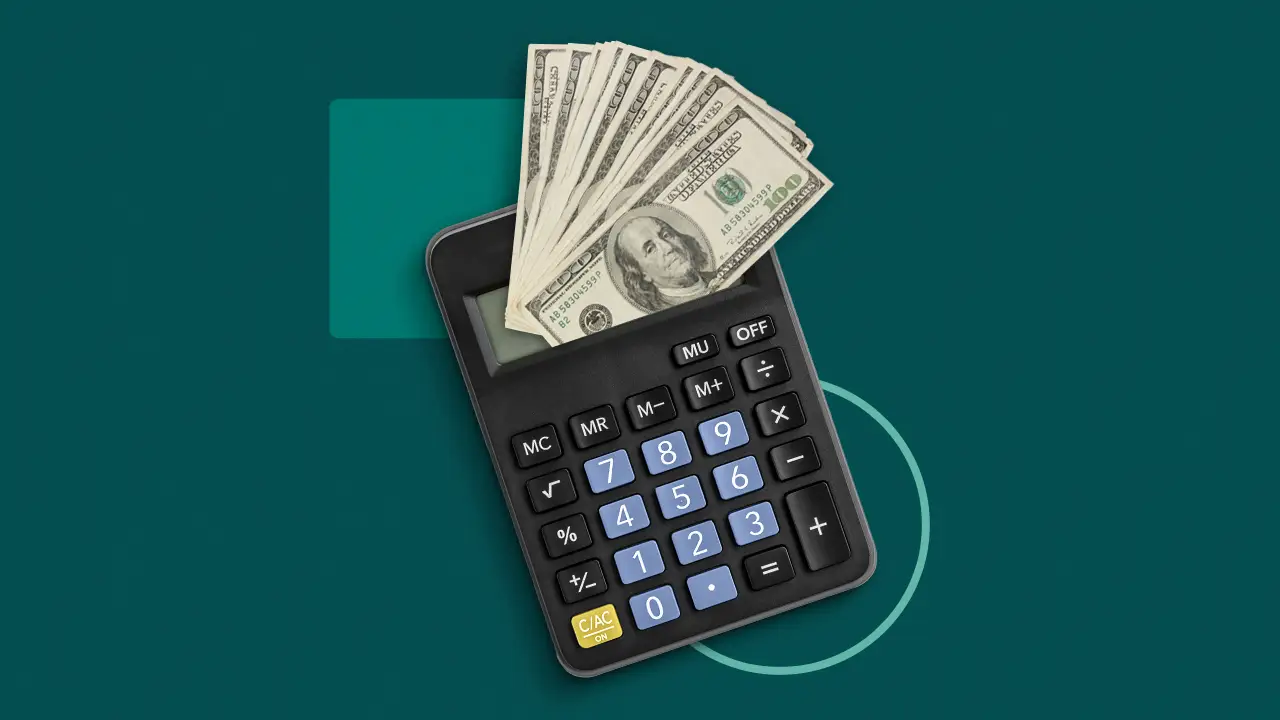When it comes to personal finance, few topics generate as much discussion and confusion as loan interest. Whether you’re taking out a mortgage, auto loan, student loan, or any other type of financing, understanding how interest works and how it impacts the total cost of your loan is essential.
In this comprehensive article, we’ll dive deep into the world of loan interest, exploring what it is, how it’s calculated, and the various factors that influence the interest rates you’re offered. By the end, you’ll have a stronger grasp on this critical component of the borrowing process and be better equipped to make informed financial decisions.
What is Loan Interest?
At its core, loan interest is the price you pay for the privilege of borrowing money. When you take out a loan, the lender is essentially providing you with a temporary loan of their own funds. In exchange for this service, they charge you interest – a percentage of the loan amount that you must repay along with the principal (the original sum borrowed).
Interest rates can vary widely depending on the type of loan, your creditworthiness, market conditions, and other factors. For example, someone with an excellent credit score may qualify for a mortgage with a 3% interest rate, while someone with poor credit may be offered a personal loan with a 15% interest rate.

How is Loan Interest Calculated?
The way loan interest is calculated can have a significant impact on the total amount you end up paying over the life of the loan. There are a few common methods used:
Simple Interest: With simple interest, the interest is calculated as a fixed percentage of the original loan amount. This means the interest charge remains the same each payment period, regardless of the remaining balance.
Compound Interest: In contrast, compound interest takes into account the interest that accumulates on the outstanding balance. This results in a larger overall interest charge, as the interest is continuously applied to the growing balance.
Annual Percentage Rate (APR): The APR is a comprehensive measure of the true cost of borrowing, as it incorporates not only the interest rate but also any applicable fees. The APR gives you a more accurate picture of the total annual cost of the loan.
Factors That Influence Loan Interest Rates
Loan interest rates are influenced by a variety of factors, both within and outside of your control. Understanding these key drivers can help you make more informed borrowing decisions.
Credit Score: Your credit score is one of the most significant factors in determining the interest rate you’ll be offered. Lenders view borrowers with higher credit scores as less risky, so they’re typically rewarded with lower interest rates.
Loan Type: The type of loan you’re seeking can also impact the interest rate. Mortgages, for example, generally have lower rates than personal loans or credit cards due to the collateral (your home) and longer repayment terms.
Loan Term: Longer loan terms usually come with higher interest rates, as lenders take on more risk over an extended period. Opting for a shorter repayment period can potentially save you a significant amount in interest charges.
Market Conditions: Macroeconomic factors like inflation, the federal funds rate, and the overall state of the economy can all influence the prevailing interest rates offered by lenders.
Strategies for Managing Loan Interest
Now that you have a better understanding of how loan interest works, let’s explore some strategies for managing and minimizing the interest you pay:
Improve Your Credit Score: Work on building and maintaining a strong credit profile, as this will make you eligible for the most favorable interest rates.
Shop Around for the Best Rates: Compare offers from multiple lenders to ensure you’re getting the most competitive interest rate and terms.
Opt for Shorter Loan Terms: While the monthly payments may be higher, choosing a shorter repayment period can save you thousands in interest over the life of the loan.
Make Extra Payments: Making additional principal payments whenever possible can dramatically reduce the total interest you’ll pay. Even small, consistent overpayments can make a big difference.
Refinance When Appropriate: If interest rates have dropped or your credit has improved since you took out the loan, refinancing could be a smart way to lower your interest costs.
Negotiate Interest Rates: Don’t be afraid to negotiate with lenders, particularly if you have excellent credit or are borrowing a large amount. They may be willing to offer a lower rate to secure your business.
The Bottom Line
Loan interest is a critical component of the borrowing process, and understanding how it works is essential for making informed financial decisions. By educating yourself on the various factors that influence interest rates and implementing strategic approaches to manage and minimize the interest you pay, you can save thousands of dollars over the life of your loans.
Remember, every percentage point in interest rate can have a significant impact on the total cost of your borrowing. So take the time to explore your options, compare offers, and make choices that align with your long-term financial goals. With a solid understanding of loan interest, you’ll be well on your way to becoming a savvier, more confident borrower.

